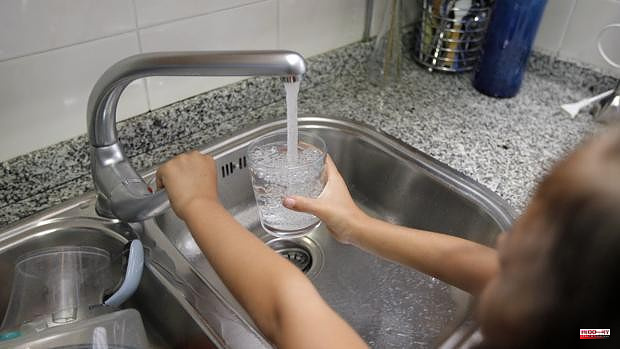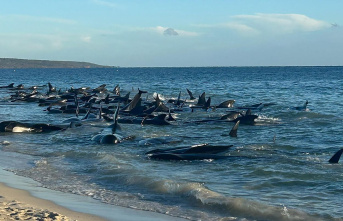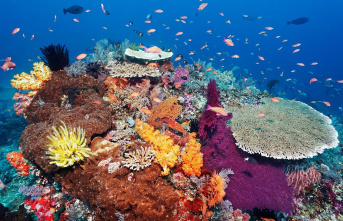About 54 percent of 800 groundwater samples from all over Spain are contaminated by nitrates, according to Greenpeace, which denounces the "insufficient public control" of these substances and calls on the administrations to take immediate measures, including a moratorium on livestock macro-exploitation projects. In the case of Barchín del Hoyo, in Cuenca, where "they drink contaminated water without knowing it."
The NGO has published this Wednesday the report 'Invisible threat: water contamination by nitrates', along with an interactive map, which includes the results of the analyzes carried out by the Citizen Network for Monitoring Water Contamination by Nitrates in 800 points measurement throughout the country during the last year.
Greenpeace distributed nitrate meters in different entities throughout Spain to analyze the quality of the waters and the results obtained during this year are collected in this study presented this Wednesday. In total, almost 800 measurements were made, underground, surface and even consumption. The maximum allowed value is 37.5 mg/l, but almost 54 percent of the measurements show nitrate contamination.
In addition, drinking water has a limit established at 50mg/l, 10 percent of the measurements also indicate contamination by nitrates and almost 30 percent warn that there is water at risk of reaching levels that would prevent human consumption. In any case, the number of towns with contaminated water is increasing.
The head of agriculture at Greenpeace, Luis Ferreirim, has denounced that the results that emerge from the first year of work of the network promoted by the NGO confirm the "serious state" of water in Spain, mainly groundwater, which they are “the reserves of the future”.
“The measures that have been adopted so far to curb this problem have been clearly insufficient. As an example, according to the Government itself, the average contamination by nitrates increased by 51.5 percent between 2016 and 2019 alone. We have time to avoid a new crisis, that of water, but for this it is urgent to go to the root of the problem, industrial agriculture and livestock, and adopt courageous, urgent and forceful measures by all the administrations with powers in this matter", he stated.
The results indicate that the most contaminated areas coincide with the areas with the highest livestock production in Spain, which is why Greenpeace demands that this problem be addressed "without delay".
The NGO highlights that in Catalonia one hundred percent of groundwater measurements indicate contamination by nitrates, Aragon with 83 percent, Castilla y León with 70 percent and Castilla La-Mancha with 63 percent.
Even many of these measurements give values equal to or greater than 100 mg/l, which indicates that the water is highly polluted. In Navarra and the Region of Murcia it is in the surface waters where the greatest problem is detected, with 67 percent and 57 percent of the measurements, respectively, indicating contamination by nitrates.
Also noteworthy are the Castilian-Leonese towns of Barcial del Barco and Santovenia del Esla in Castilla y León and Barchín del Hoyo, in Castilla-La Mancha, where "they drink contaminated water without knowing it".
Greenpeace calls for an immediate moratorium of at least five years on factory farming: neither new farms nor existing expansions; develop a plan for the progressive reduction of the intensive livestock population until it is reduced by half by 2030; not grant authorizations for new intensive irrigation and reduce the use of synthetic fertilizers by at least 50 percent by 2027.
Ferreirim appreciates the efforts of at least 25 groups throughout Spain that have contributed to the results of the report with their selfless work.
2












